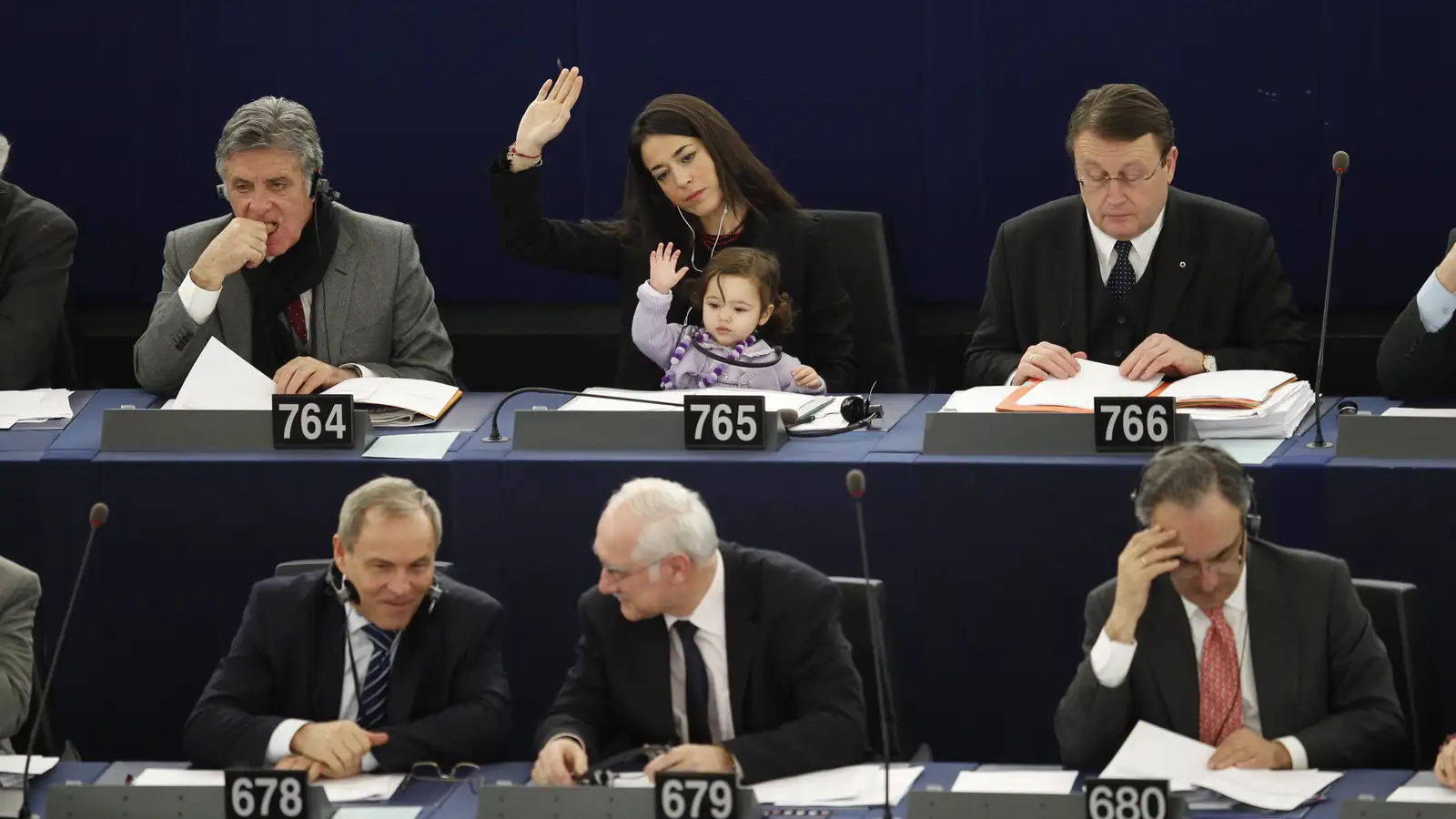How do politicians across the world manage when they are raising families at the same time as serving in elected office? The problem is coming increasingly into focus as more women enter legislatures, and at younger ages.
Even countries with relatively good parental leave policies for their citizens don’t seem to accept that their politicians might need to take time off, in a career that might span decades, to give birth and care for infants. Norms created when male politicians simply ceded caregiving responsibilities to their female partners, or when women finished childbearing before pursuing their political ambitions (or instead of doing so) are increasingly proving to be outmoded—which is why Canada’s House of Commons passed a motion this week allowing lawmakers who have a new baby at home to take time off.
The Canadian program allows pregnant members of parliament to take leave starting four weeks before their due date, and to be away from the House for up to 12 months after the child arrives, with the understanding that they’ll continue to attend to local duties, CTV News reports. Most of that leave will likely be taken by women who give birth, but it’s also available to men who are the principle carer for a newborn or newly adopted child. Before the change, Canadian MPs could use 21 days of available “medical leave,” or negotiate on a case-by-case basis, when they had kids.
The eligibility for a full year of leave will mark Canadian lawmakers out from most of their international colleagues. In the UK, which has mandated that women in most occupations can take 12 months of leave (some of which is subsidized) and return to their job, the provision was not extended to politicians, who aren’t considered employees. Until 2019 they had to make ad-hoc arrangements and forego voting rights if they chose to stay at home.
In January, a motion passed giving women six months of leave (and men just two weeks, as most are entitled to in the UK) during which they can vote by proxy. Harriet Harman, a prominent Labour MP who first took office in 1982, and who campaigned for years for the change, wrote in The Telegraph: “Until now MPs’ babies have been invisible to Parliament’s procedures,” adding that she hid all three of her pregnancies as much as possible while continuing to work.
Now, a campaign is under way in Scotland to recognize that men with critically ill babies might need more leave than two weeks. (If men were routinely given more time off it would lead to better maternal health, according to a recent study, and could also have net positive impacts on the economy.)
In the US, Congressional representative Alexandria Ocasio-Cortez—who is 29 and not a parent—has become one of the most vocal advocates for the rights of people in politics to have family leave. The US is one of the only countries in the world to not mandate any support at all for new parents, and its political system mirrors this, with any time off worked out between a party or office and its staff. (Ocasio-Cortez’s staff will get three months, regardless of gender, she said.)
In some parliaments, women have started bringing their babies to voting sessions, in part to highlight the lack of support for people with kids in politics. For years, Licia Ronzulli, an Italian member of the European Parliament, was regularly pictured with her young daughter on her lap. Jytte Guteland, a Swedish member of the European Parliament, said in 2017 that she took her son to work while voting and addressing the assembly because she wanted to highlight the fact that MEPs get no parental leave. More recently, New Zealand prime minister Jacinda Ardern made headlines when she brought her baby to the UN general assembly in 2018.
“If I can do one thing, and that is change the way we think about these things, then I will be pleased we have achieved something,” Ardern told the Guardian at the time.
Unsurprisingly, Sweden leads the way when it comes to harmonizing leave policies. Its members of parliament get the same leave as other employees: Parents of any gender are entitled to 480 days leave, much of which is paid, and with 90 of the days specifically allocated to each parent so that they can have an equal share in their child’s early care.
